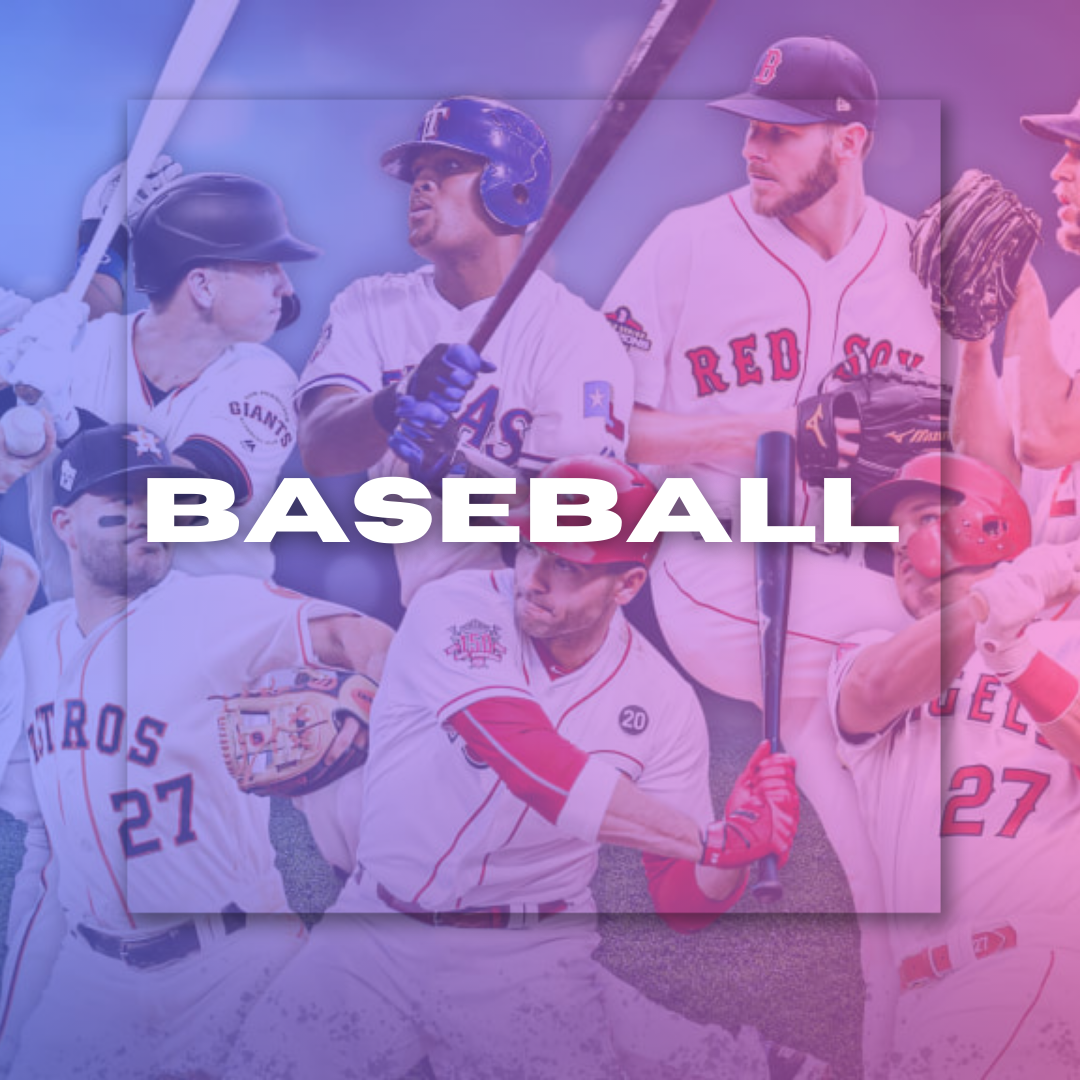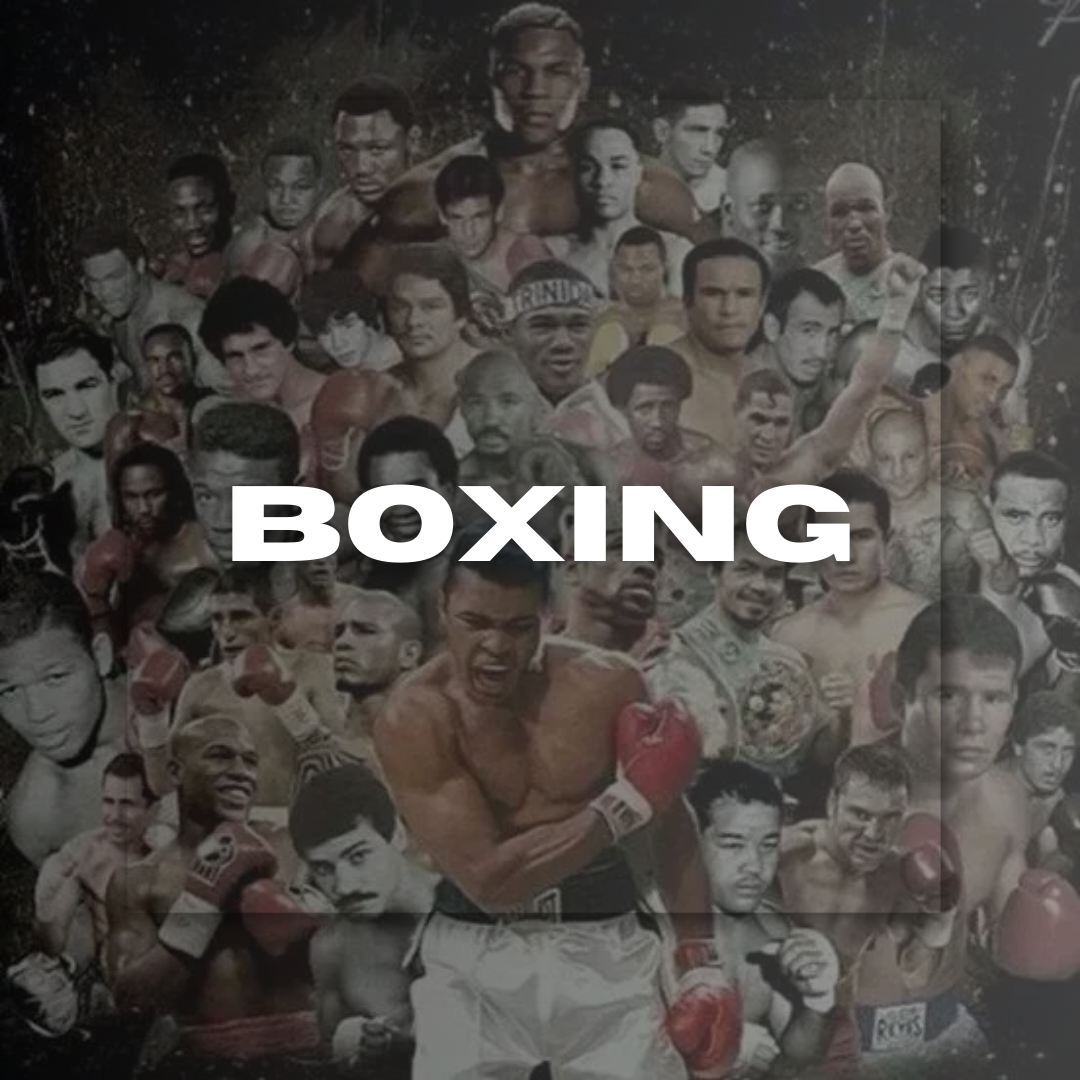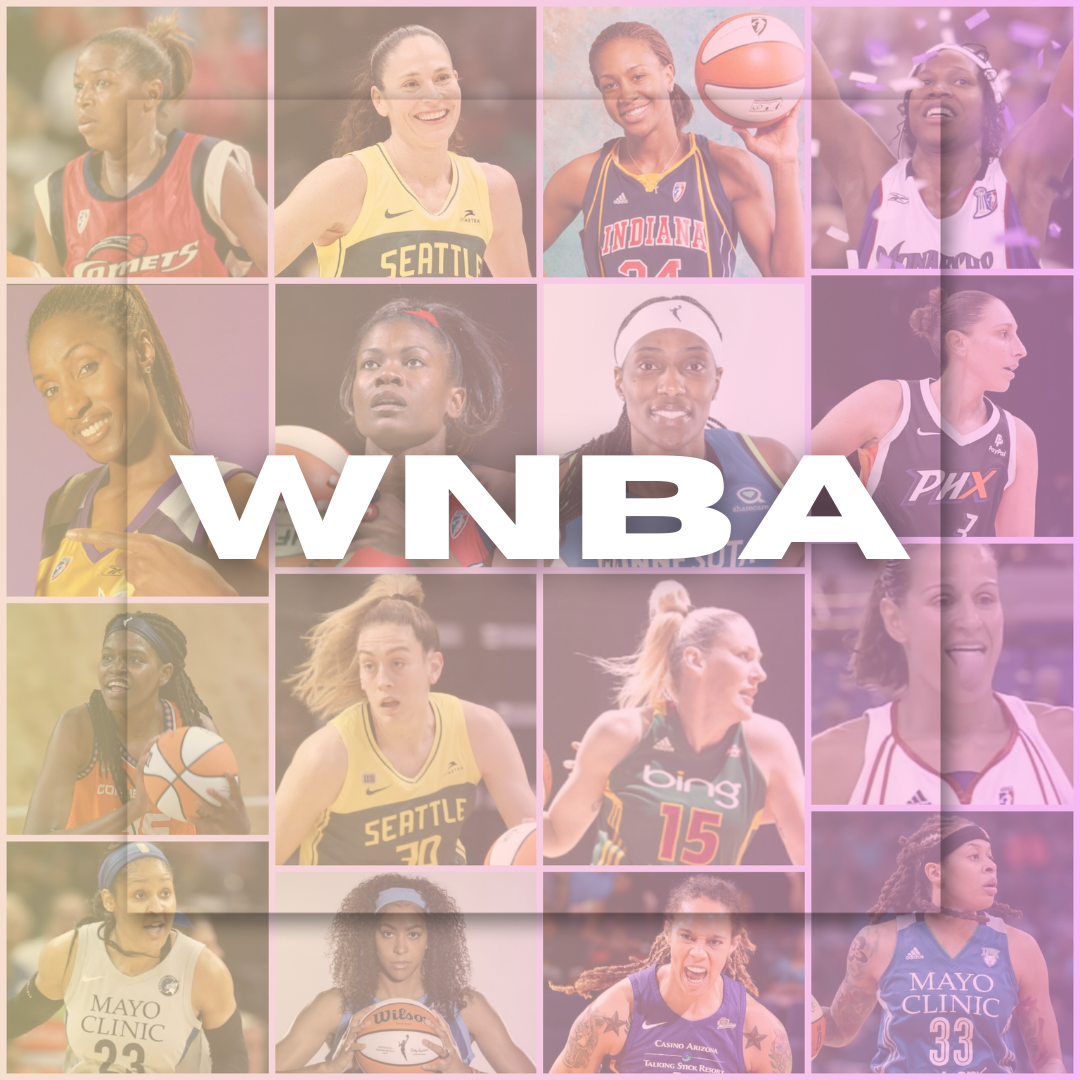
What If the NHL Had a Salary Cap in the 1990s?
What If the NHL Had a Salary Cap in the 1990s?
By Oliver Wiener August 09, 2024 00:18
The early 1990s represented a transition period for the National Hockey League (NHL), which underwent several notable changes in team composition, player compensation, and the overall framework through which professional hockey was played. The result was a surge in player salaries, eventually leading to the competitive imbalance that would produce labor strife and, ultimately, the 2004-05 lockout. This article discusses what could have been or hypothetically still be if the NHL had a salary cap in place during the 1990s: how it would affect team rosters, competitive balance, financial situations, and player contracts.
The Context of the 1990s NHL
Fast-Track Career and Booming Paychecks
From a mere 21 teams at the start of the 1990s to 26 by its conclusion, new markets, including Florida and Nashville, would receive franchises before the decade's end. The extra slots resulted from richer television deals and more people watching, which brought in increased revenue. This growth was accompanied by a similarly exponential increase in player salaries. 1990 for example, the average salary in the NHL was about $600 thousand. By 1999, it soared to around $2.3 Million. As salaries inflated, a gap between top and revenue teams in large markets versus small-town clubs was one of competitive balance endgame concerns.
The Absence of a Salary Cap
The NHL of the 1990s had no salary cap, and teams were free to spend as much on player salaries. Such free market economics fueled a bidding war over marquee players and large, deep-pocketed teams such as the New York Rangers and Detroit Red Wings constantly outspending their smaller-market counterparts. Not having a cap also sowed costs, with big-market franchises able to lure the best players and smaller-market teams unable to keep their home-grown stars.
Team Roster Construction Effect
Strategic Team-Building Adjustments
One of the most fascinating aspects was how team rosters would have changed with a salary cap implemented in that era and if it were better. This would have introduced a necessity for teams to choose their spending. Hence, as an unofficial salary cap, we see with budgeting in place how prudent some upper-end players are around and at $12 million downwards. However, this also could make mentally forcing weaker competition from taking on "starters" within transfers.
Draft and Development Focus: Teams would funnel more money into their scouting and development systems, which means the draft is slightly different. Subsequently, great weight would have been placed on drafting and developing young players, as teams wouldn't only dance with the cap devil if they dipped under it.
Balanced Contracts: Teams would have been forced to deal out contracts more fairly instead of in one setting where it was fair game for front-loaded deals left and right. This would have resulted in "talent parity" around the league, a form of socialism if you like, where teams couldn't hoard star players.
Free Agency Dynamics
Free agency would also have been vastly different. Free agency meant that players were suddenly in the position to make big money contracts, and many times, the highest bidder would win a player. A salary cap would restrict organizations' financial power.
Less Movement: Would players be likelier to stay on teams with the cap in place, or would it have limited teams and less flexibility? This, in turn, might have led to more players and teams showing loyalty and, therefore, not wanting to change rosters.
Middle-Class Players: A salary cap would seamlessly facilitate the emergence of middle-class players, as teams need to spread out their budgets and make all mid-salaried players feel valued without using it against them. That could have led to greater parity in the league, as teams would be able to keep more skilled players.
Competitive Balance and Parity
Enhanced Parity Among Teams
No sweat: The biggest ramifications of a salary cap in the 1990s would have been that it likely ended competitive balance in the league. If financial restrictions were enforced, teams could only spend what they had with that ultimate governing variable, producing a more level field.
High Competition: Teams in small markets might have enjoyed greater chances to actualize victory vis à vie their larger counterparts. It might have created a more even playing field.
Wide Variety of Playoff Contenders: In the 1990s, only a few teams were considered strong contenders. The Detroit Red Wings and Colorado Avalanche come to mind most quickly. A sparing salary cap would have resulted in a better mix of playoff contenders—the poorer teams that had been partly turned off by financial underequipage could then yank up the ladder.
Future League Ramifications
Implementing a salary cap may have permanently stunted the popularity and young growth of the NHL. A more inclusive league would have drawn a bigger audience with multiple teams running for championships. That might have ended in a bump for the already high television ratings and possibly more revenue sharing among franchises.
Financial Health and Profitability
Improved Financial Stability
Without salary caps in place, NHL franchises' financial wellness would probably improve. Teams would have been required to balance their budgets, staving off the financial strife that gripped some teams in the '90s.
The salary cap: A fixed player compensation would have incentivized teams to become viable businesses, receiving revenue from gate attendance, merchandise, and sponsorships rather than counting exclusively on a very high player payroll.
Lower Likelihood of Bankruptcy: The economic issues that pushed teams like the Hartford Whalers into bankruptcy may have been blunted. With the lack of local revenue-sharing being implemented in 1995, teams could spend on player salaries and avoid financial disaster.
Impact on Star Player Salaries, Player Market
Modifications to Player Stipends
A salary cap would have dramatically changed the game for player salaries. Top-tier players would still see high-salaried offers, but the rest of the market could have been better regulated.
Maximum Salaries: A salary cap and likely a reduction in agent power would only go with maximum salaries that placed a reasonable beta on the absolute amount of money individual top players could earn. This could result in a more fair sharing of wealth amongst players, as the money from the teams totaling $300 had to be spent semi-constantly.
Emergence of Young Stars: With a more spread-out salary structure, unknown players would have had the chance to show their talents. This would have led to teams developing talent rather than just spending money on whatever high-dollar free agents were available.
Impact on Player Associations
The NHL Players Association NHLPA would have the new wrinkle of negotiating salary cap contracts to deal with as well. There would be a new layer to the negotiation process, as players have fought for their fair share while still being cap-compliant. The NHLPA would still be thrilled to have a salary cap and probably happier about the broader agreements on player rights, ironic in light of the actual outcome post-lockout, minimum salaries, or contract structures.
If hypothetically implemented in the NHL during the 1990s, a salary cap would have worked bastions of change on how teams are structured, created competition between clubs, and brought up-to-date financial health. All of this would have translated to a golden age for fans when every team was forced to build rosters in more strategic ways that allowed the dollars and talent to be spent on players, thus leveling out rosters and making teams much closer than they are now. Franchises would become more financially stable, bringing greater overall viability to the league.
LATEST
- NEWS
- |
- ARTICLES
- |
- VIDEOS
















































